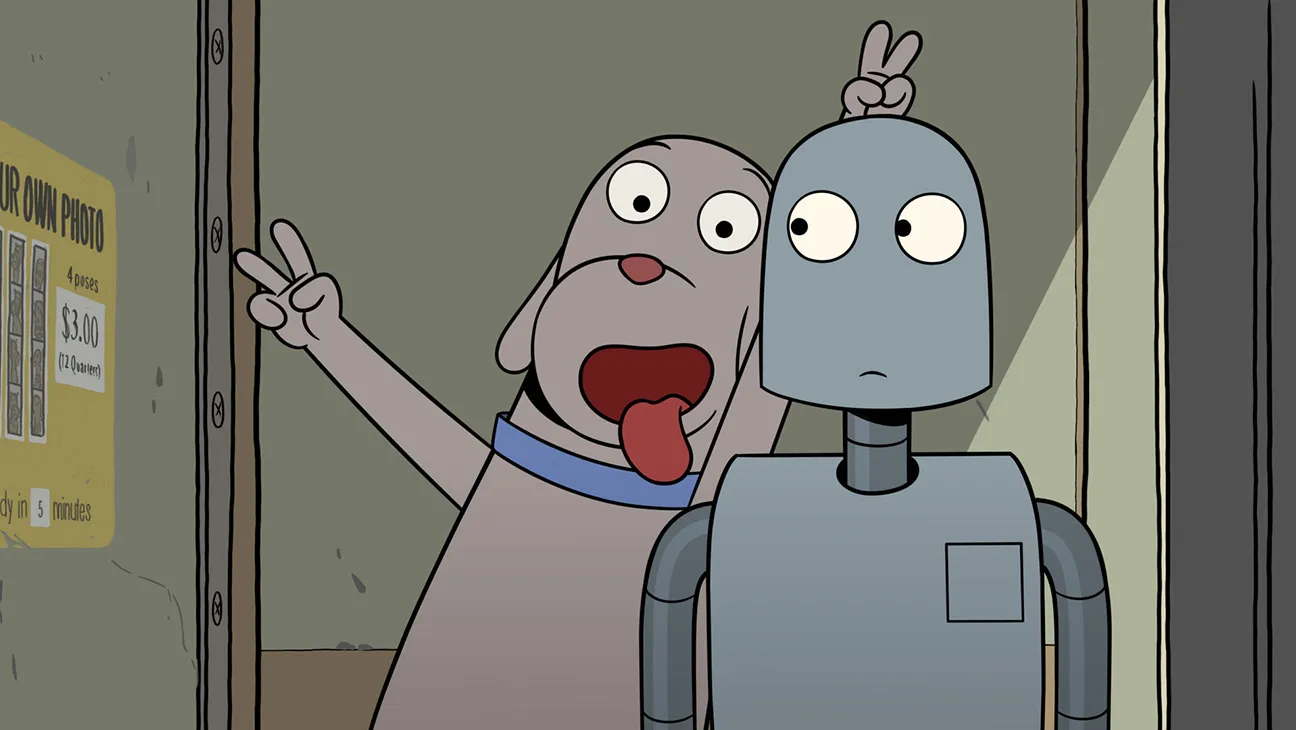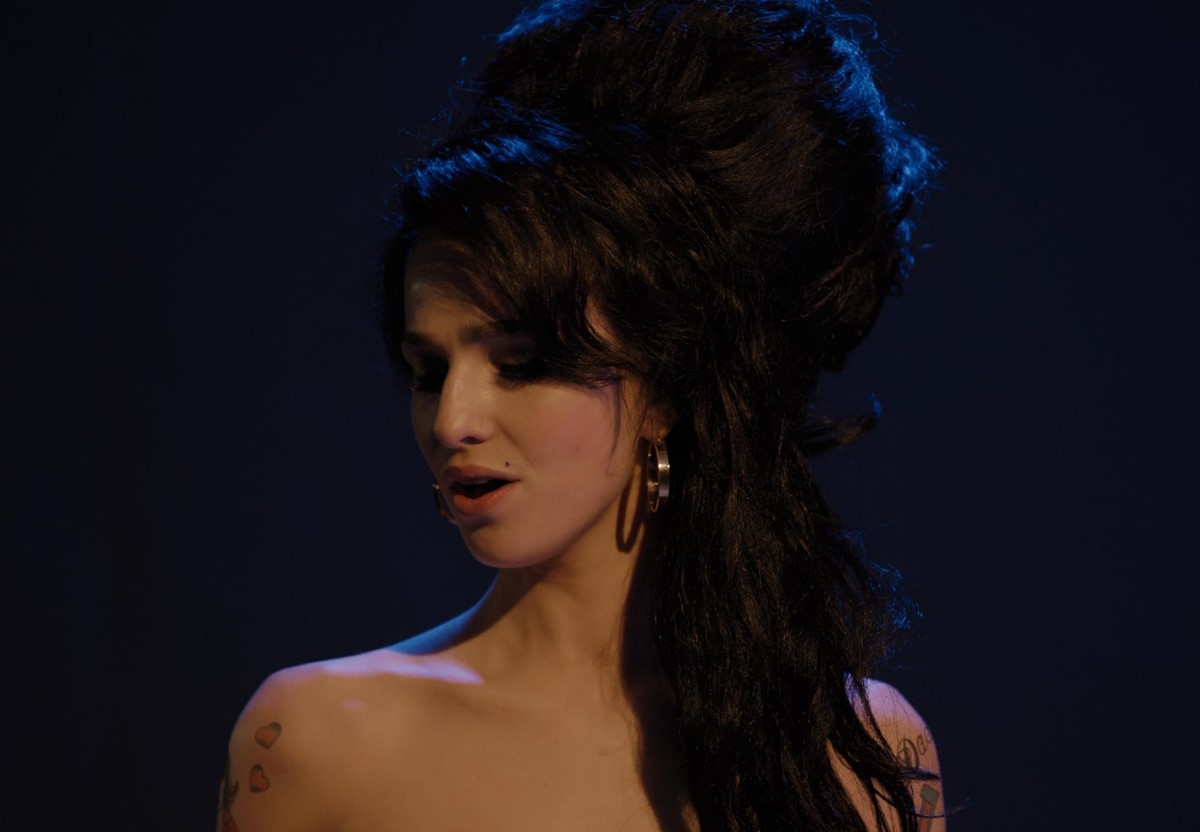by Pauline Kael
The Taviani brothers have learned to fuse political commitment and artistic commitment into stylized passion. Their film Padre Padrone has the beauty of anger that is channelled and disciplined without losing intensity. When it appeared in competition at Cannes this year, there was no question among members of the jury but that it had to win the grand prize, the Golden Palm. It also won the independently awarded International Critics’ Prize. No movie has ever won both before, and Padre Padrone wasn’t even made as a theatrical feature—it was shot in 16 mm. for Italian television. Yet there has been very little talk about the film, which opened at the New York Film Festival on September 25th. Its subject—and, even more, the sudden flare-up of its scenes—may intimidate people. Paolo e Vittorio Taviani, who wrote and directed this adaptation of Gavino Ledda’s 1974 autobiography, are not new filmmakers; Paolo was born in 1931, Vittorio in 1929, and they’ve been working in movies—starting with documentaries— since 1954. They’ve developed a dissonant technique that is remote from the terms of most moviemaking. Padre Padrone is a high-strung, intransigent work—deliberately primitive and barbaric. It’s constructed as a series of epiphanies; each sequence has its own painterly design and is set off from the one before, as if a new slide were held up. The images are simplified down to their dynamic components, like the diagrams of great artists’ compositions in painting texts, and this, plus the faintly psychedelic Romanesque color, creates a pungent, viselike atmosphere.
Gavino Ledda himself appears on the screen to introduce the story; a man in his mid-thirties, he stands in the village of Siligo, in northern Sardinia, at the school he attended for only a few days, and hands the actor (Omero Antonutti) who plays his father an indispensable prop—a large stick. Then Ledda disappears, and is replaced by the six-year-old Gavino (Fabrizio Forte) on the fateful day when his father comes to the school to take him away. Terrified, the boy urinates in the aisle. When the father and child are out of the room, the boys laugh at the puddle, and the father storms back in and shouts at them, “Your turn will come!” From their stricken faces it’s clear that there is a terror they all live with.
Gavino says goodbye to his mother (Marcella Michelangeli), is taken to a sheepfold several miles from his family’s home, and is left to live there alone. This is not the sylvan myth of the shepherd with his pipes; families here enslave their first children, so that the younger ones won’t die of hunger. Gavino’s father lashes him if he shows fear or tries to run away or talks with other boys in neighboring fields. Imprisoned in their sheepfolds and beaten into submission, Gavino and the other sink into apathy, with no outlet for their rancor except their unlucky animals. The oppression is systematized—a Gulag Archipelago that’s been built into the mores of society for thousands of years. Forced to be a “wild child,” Gavino lives in silence and illiteracy until he’s twenty. The movie deals with his rebellion: his struggle for words.
The spirit of Padre Padrone isn’t naturalistic; rather, it’s animistic. This sets it apart from de Seta’s classically structured, neo-realist Bandits of Orgosolo (1961), also a primal Sardinian story. Except for Disney-style films, Padre Padrone may be the only fully consciously animistic movie ever made. Without people to talk with, trained to listen for bandits, Gavino lives by sounds, and as he learns to listen to the rustling sacred oak tree we hear it, too, and we hear the dawn, the animals’ thoughts, the cries of far-off people, the heavy breathing of a shepherd as he prepares for a sexual assault on his burro: breathing that gathers force as younger shepherds mount their sheep, still smaller boys attack their chickens, Gavino’s father rushes home to his wife, and then men and women—the whole village—are heard panting. It’s a gale, a squall that sweeps over the countryside. Sound is the Expressionist element in this movie. The heightened whispers of nature, the percussive clangings of Gavino’s rage—these are uncontrollable sounds that come up out of the silence. But when Gavino, sullen-faced, spaced out in the stupor of loneliness, hears a distant accordion playing the waltz from Fledermaus, it’s fiercely pleasurable. It’s more than an accordion, it’s a whole band. It’s the world outside his field coming to him. Gavino slaughters two lambs and trades them for the accordion, and it’s his first, furtive defiance of his father-master—an attempt to gain a piece of the human inheritance.
When the family fortunes improve, with the acquisition of an olive grove, the now fully grown Gavino (Saverio Marconi) is put to work there, and his father keeps him obedient by humiliating him, taunting him for his ignorance. And others humiliate him when lie’s called away for his military service: it’s not just that he can’t read but that he can’t speak Italian—only his local dialect, which is forbidden. He begins to study—incessantly, voraciously—stays on as a volunteer so he can continue studying, and, finally, has a breakthrough. It’s in radio class: the soldiers have had to build their own sets, and on test day an officer tries them out. If Gavino’s radio works, he tells himself, he’ll try for a scholarship, he’ll study Latin and Greek, he’ll go to college. The officer turns on the set and there is a second of silence and then, soaring up, the Fledermaus waltz of the accordion and band. The music has never sounded more joyous. This movie is not, however, naively triumphant in tone. There is a memorable sequence of Gavino in a tank during maneuvers calling out Latin words over his walkie-talkie to a soldier friend in another tank, and reciting lines from the Aeneid like a student prince, and he goes on to take a degree in linguistics. But Ledda himself, replacing the actor, comes on at the end to indicate that he can never be like those who haven’t experienced a childhood of solitary confinement. The adult Gavino is left rocking his body back and forth, as we had seen the child Gavino rock in the sheepfold—a motion like the rocking of the blind or of caged primates. (Ledda’s thesis at the University of Sassari was on Sardinian dialects—the language of the shepherds.)
The film has the air of a performance, each set piece bare yet carnal, frying to find out what actually happened to die two missing lambs, the father eavesdrops on Gavino’s night thoughts as if the boy were speaking aloud. When the members of Gavino s family lay out a well-to-do neighbor’s corpse, each oi them thinks of what he wants from among the dead man’s possessions, and their voices fill the room. The shepherds bearing a statue aloft in a religious procession chatter about whores’ not being satisfactory, because they don’t have tails. And all through the film the oak tree, seen against the blackness of night, is a malevolent presence. The Tavianis’ vision is on the nightmare side of primitivism, where the elements themselves are your enemies, and mindless cruelty seems grotesquely natural. The peasants’ ignorance and greed are Boschian, mythological. As in Kosinski’s The Painted Bird—the boy there loses his voice, loses the will to speak—the cruelty is almost rhapsodic. (This is the sensibility that Roman Polanski tries for.)
Though the acting is conceived to be slightly stolid—taciturn, distanced—the performances in the minor pares, such as Gavino’s sisters and brothers, are often merely wooden; that, however, isn’t distracting, like the carryings-on of Gavino’s mother, a road-company Anna Magnani in an Italian version of Sons and Lovers. A small budget ($300,000) may explain the absence of sheep in the field where Gavino’s father trains him but doesn’t account for some imperfections: The sounds of the violent thrashings Gavino receives are a fraction of a second off synch—possibly for an intentional stylized effect; however, the viewer is uncertain whether this is deliberate or just sloppy. When the father opens his mouth as if to cry out and a chant comes from far away, from ancient time, the viewer is aware of the ambitiousness of the effect; it’s like watching a dress rehearsal. Yet none of these blemishes is disturbing for long. What’s disturbing is the tone: the Tavianis are barbaric in a very assured way.
When Ledda himself is on the screen, his plainness is emotionally overwhelming. A man not molded by society to be lettered who yet becomes so uses language differently from those who take their education for granted; he may make out of language something that no one thought of before. There is a mistery in Ledda’s plainness: he is a “wild child” trying to tell us what life without us was about. He had to fight his father—a man built like an oak—and physically defeat him before winning the right to study, and when your slavemaster is your father and he wants to kill you for your defiance, that defiance must destroy all you’ve ever known. Ledda’s isolation now that he has won that fight may be deeper than before. There is a moment in the film when the olive crop has been ruined by frost, and the father, suddenly puny, sits on his bed in his underwear, eating a dish of frozen milk a child finding solace. And the grown-up Gavino, looking on, knows that his own hatred is pitiful. His progenitor, the tyrant, is smaller than the hatred, which will always be within him.
One s tenuous reservations about the picture come down to this: Ledda experienced the terror of being alone; the Tavianis didn’t—they’re interpreting it. They’ve learned from Brecht, they’ve learned from Godard. And their style is possibly—well, too stylish for Gavino Ledda’s suffering and his struggle. They’ve put all their layers of modernism to work, and their method may be just a shade too intelligently dramatic; their perception insulates them. This could be the danger in being two—in talking everything out. A little plainness can be redeeming: Renoir knows that; De Sica did, too. Eisenstein didn’t. The Tavianis know all about the uses of visual and aural austerity, but there’s never a moment in this near-great movie when you hear the beat of a simple heart.
The New Yorker, October 3, 1977




